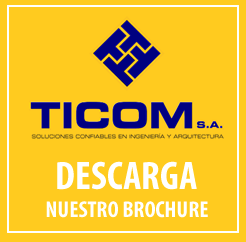the objective of this guide is always to assist you to recognize the fundamental aspects of a citation for many typical forms of materials. You’ll find a great deal more detailed directions to formatting your recommendations into the formal guide for the design you’re utilizing. Click on the «significant Styles» tab and/or the «Using Style Guides» tab for more information on finding and making use of design guides.
If you utilize another person’s words or tips in your paper or presentation, you need to suggest that these details is lent by citing your supply. This applies to written sources you have utilized, such as for example publications, articles and website pages, along with other platforms, such as for example images, noises, TV/film videos, and DVDs. Failure to cite sources that are such be looked at plagiarism. Avoid embarrassment and distress by learning just what to cite – the who, exactly what, where so when of the supply!
Examining Your Supply
Whom composed or created it? Examples:
- An specific writer, musician, artist or any other style of creator? a team of authors/creators? a firm or company (also called business writer)?
- May be the author/creator pseudonymous or anonymous?
In most these situations the writer or creator needs to be credited. The only exclusion is when the writer is truly unknown – your look guide will sexactly how you how exactly to format a citation having an author that is unknown. Look at your design guide’s index to locate guidelines for «author, unknown» or phrases that are similar.
According to the product kind:
- Whom published it? (mainly print materials)
- Whom produced it? (mainly cds/dvds/v >Other points to start thinking about:
Does the ongoing work you are citing appear within a more substantial work? For example journal articles, encyclopedia or dictionary entries and anthologies.
- According to the type that is exact of you may need to credit the author/creator/editor for the bigger act as well.
- Had been the ongoing work initially developed in another language?
- The translator will have to be credited, along with the initial author/creator.
What kind of product did your supply originate from? Note, different product kinds have various citation elements so «what» to record may vary from supply to supply.
Only several examples:
- Book chapter versus blog entry: Book citations range from the populous town of book; web log citations never consist of these records.
- Edited book versus journal article: publications with editors (usually collections of essays, plays, poetry etc.) need you used; Journals have editors too but article citations do not include the editor’s name that you cite the editor as well as the author of the chapter.
- On line article versus e-Book chapter: Some citation designs need which you are the date you accessed an on-line article or internet site; e-Book citations try not to are the date accessed.
- Monograph versus anthology: Monographs (books where in actuality the whole book had been compiled by a writer or selection of writers) need which you cite the guide title just, maybe not the name regarding the chapter you may be quoting from; anthologies (collections of essays, performs, poetry etc all compiled by differing people) need you cite the name of this anthology additionally the name for the chapter you may be quoting from.
- Where had been it posted? (if appropriate – is applicable mainly to printing books)
- Where did it is found by you? (if appropriate – pertains https://weeblywebsitebuilder.com mainly to online products and goods that can be purchased in one or more structure)
- Did the article is read by you in a printing log? in the publisher’s web site? in articles database? regarding the writer’s individual web web page?
- did you see the printing guide or perhaps the e-book? In the event that e-book – which platform ended up being it?
With regards to the style show you are utilising you might need certainly to consist of these records.


